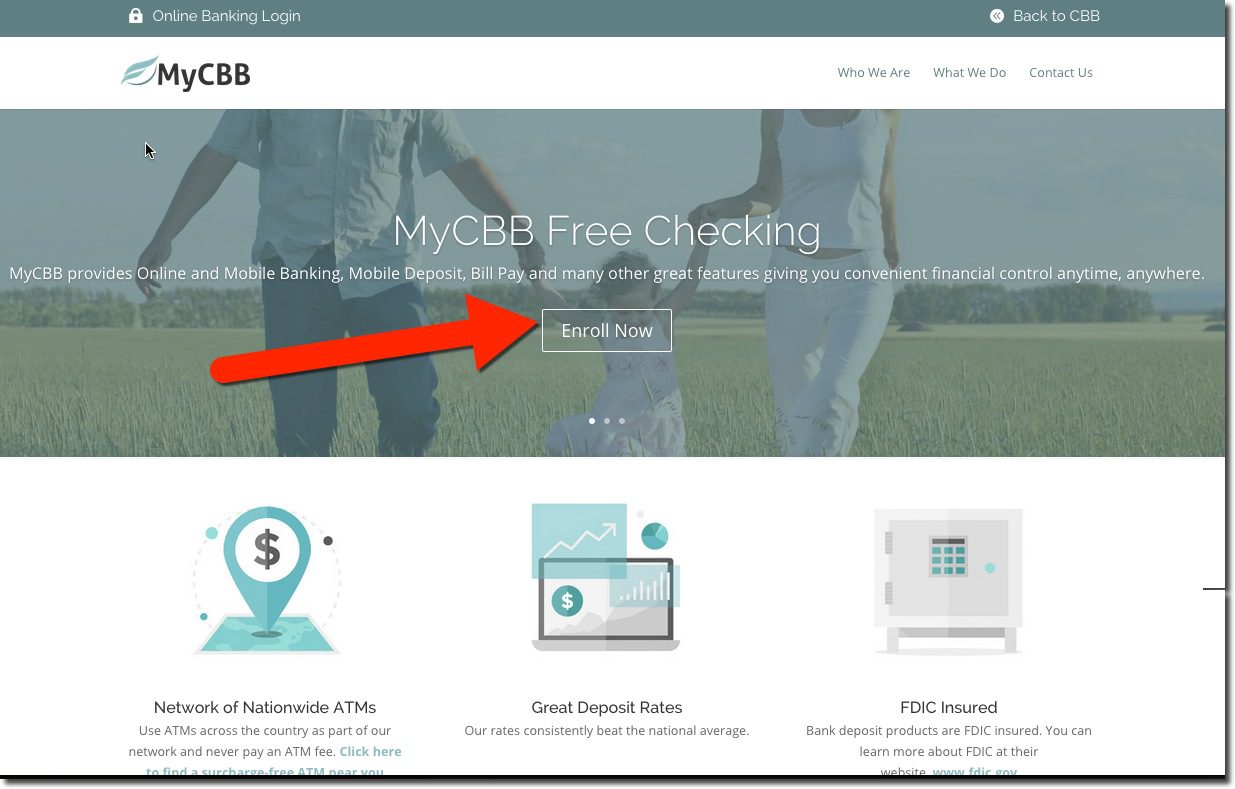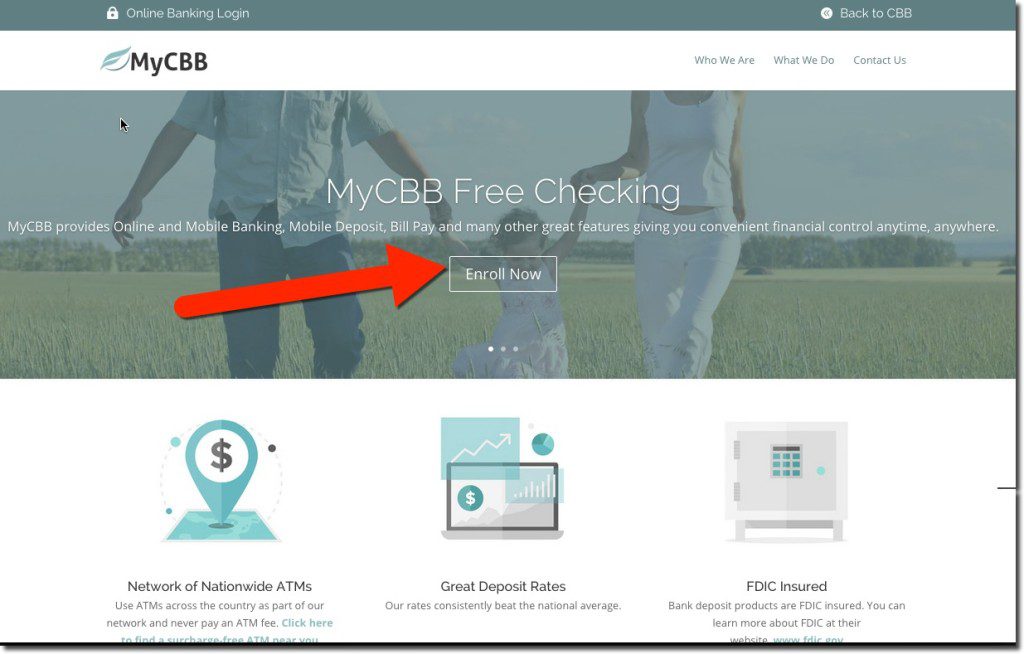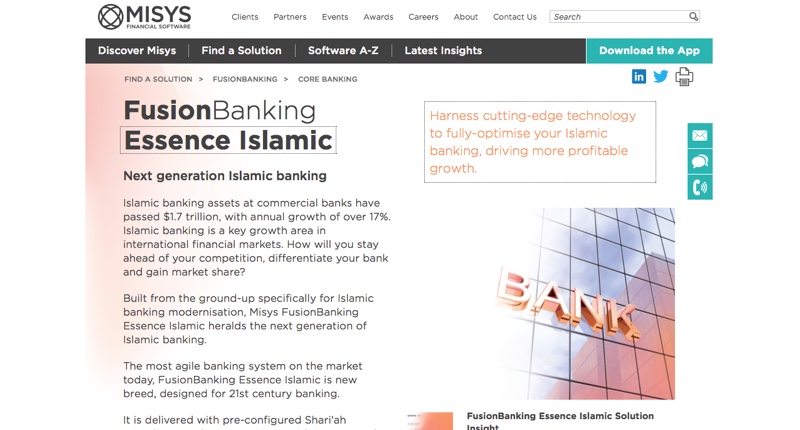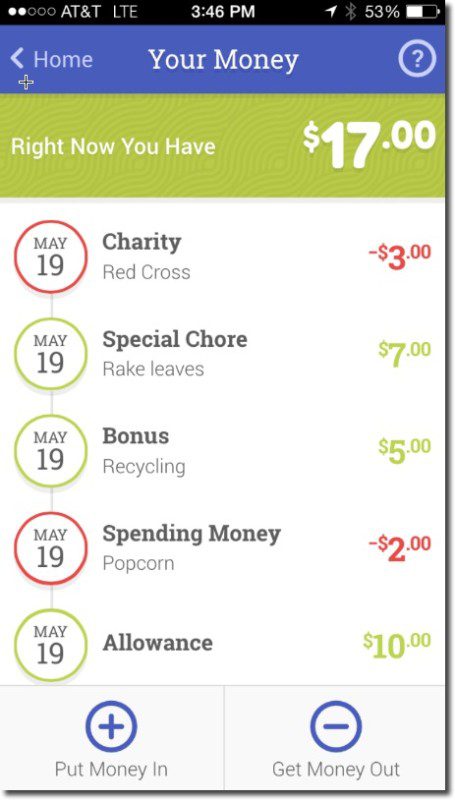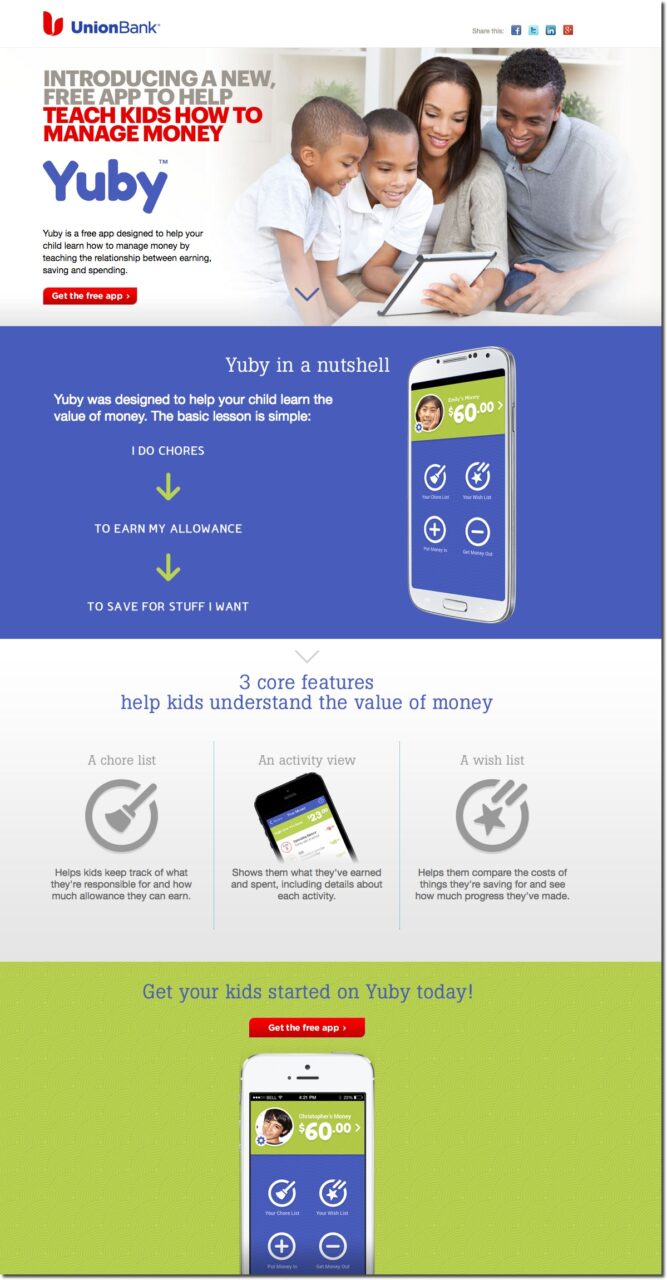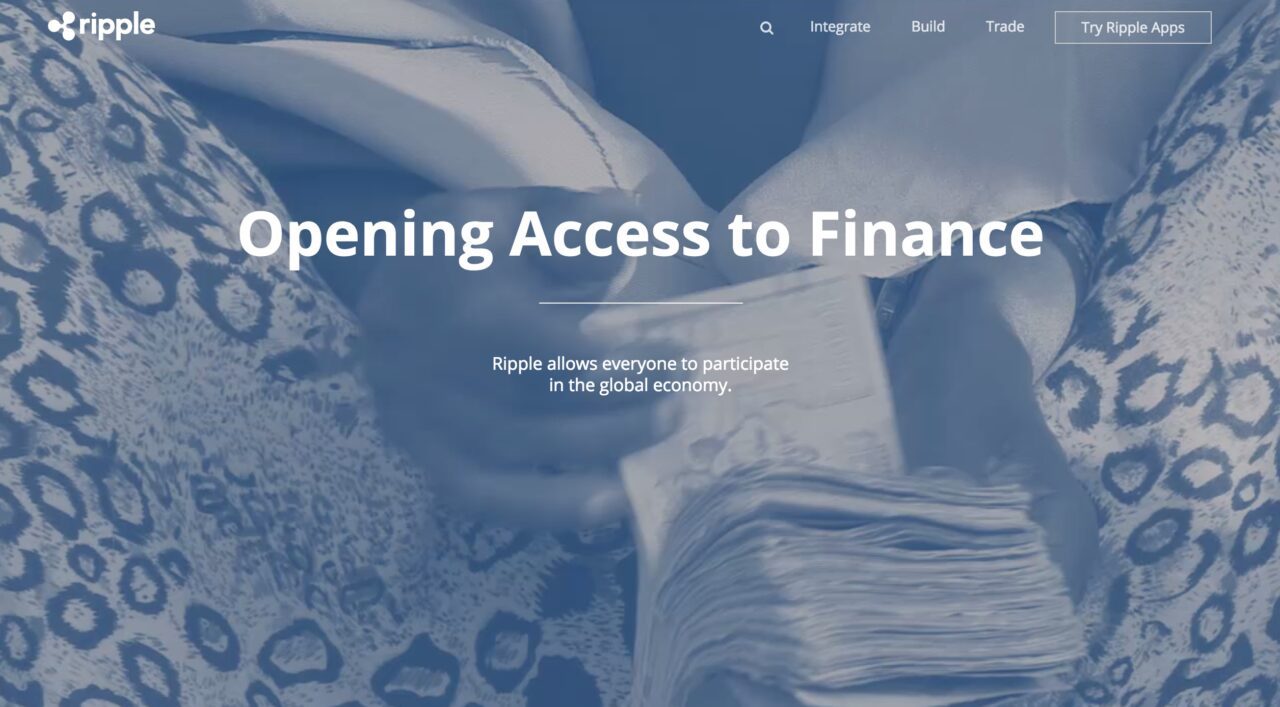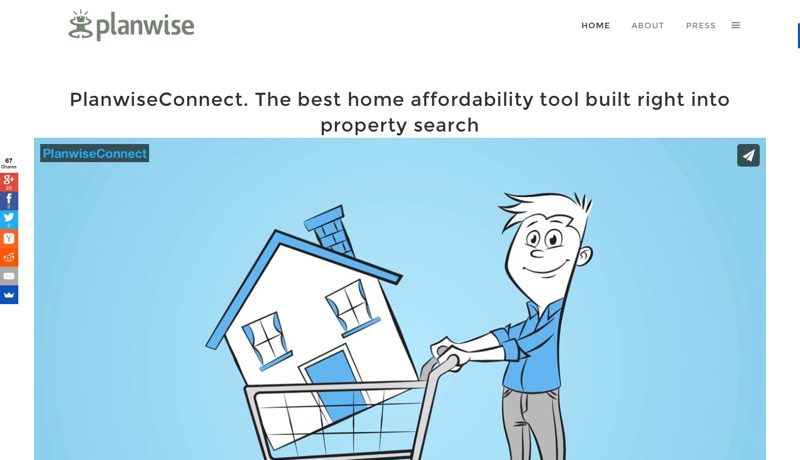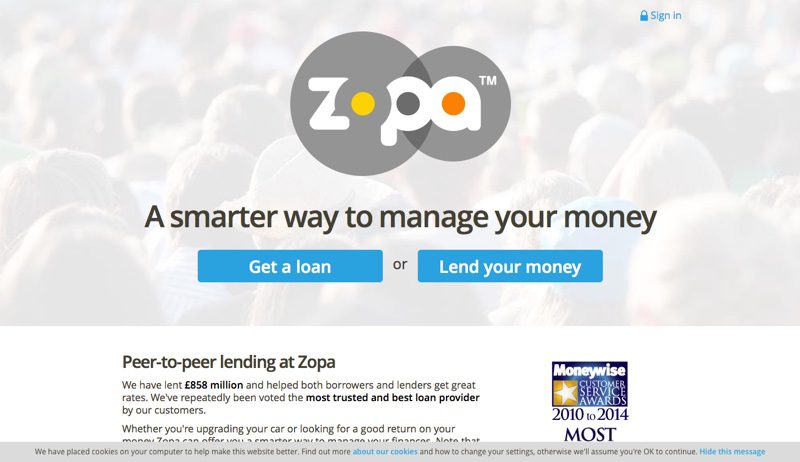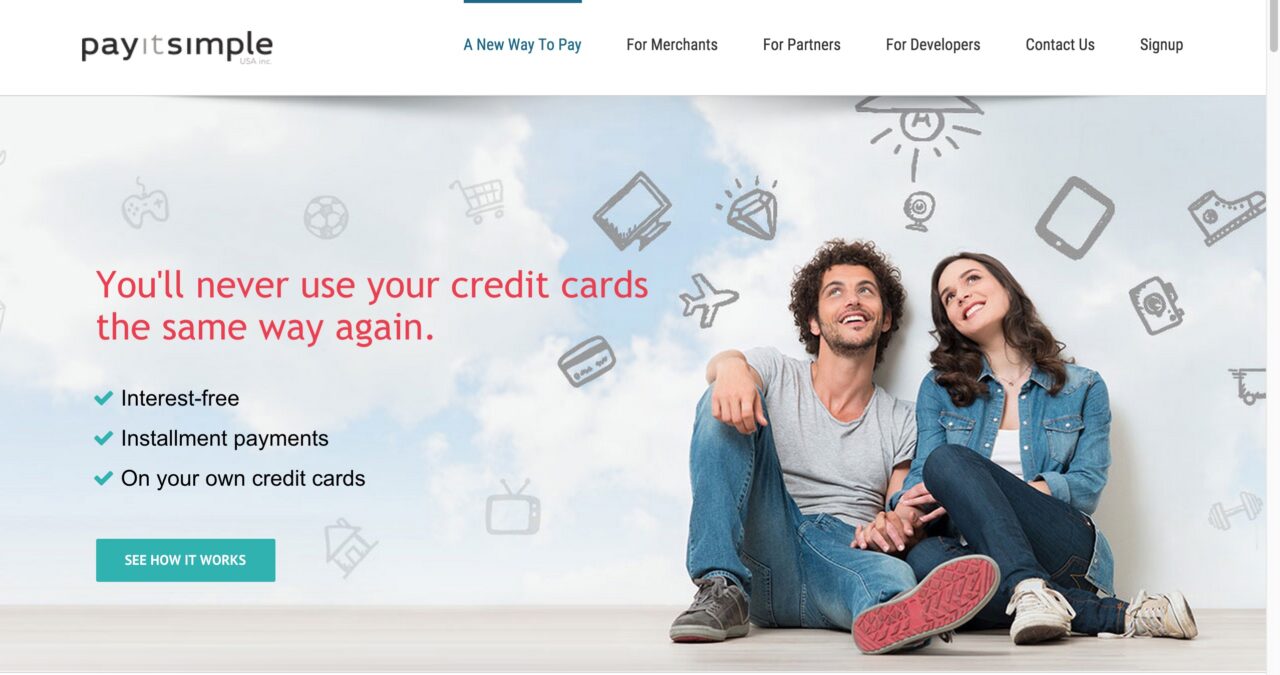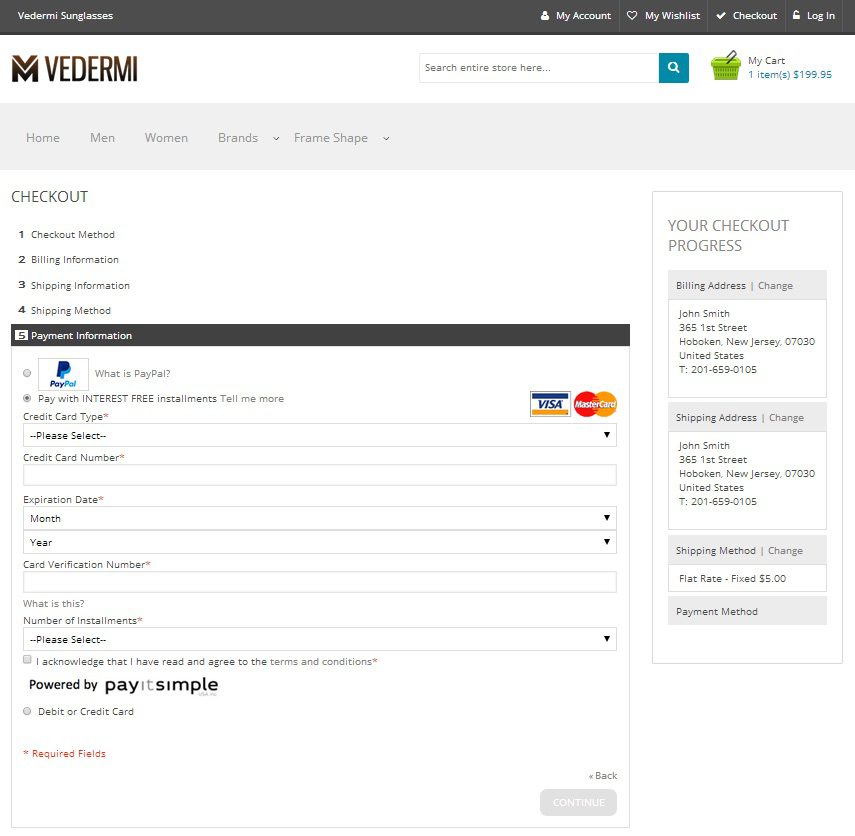
As always, we had a blast watching the 71 companies demo their new tech live in front of the FinovateSpring audience in San Jose. It’s almost as fun to relive the conference through post-event press coverage and Twitter highlights.
Below is the press coverage so far. We’ll be adding articles as they are published throughout the next few weeks. If we missed your coverage, please send an article link to [email protected]).
Aite
2015 FinovateSpring Spree
by David Albertazzi’s
Link
American Banker
Accenture Teams with Moven to Develop Digital Banking Tools
by Jacob Passy
Link
Mitek Debuts ID Scanning Tech for Account Opening
by Penny Crosman
Link
New Banking App Aims for the Instagram Set
by Mary Wisniewski
Link
Asaahi
Finance and IT of fusion, hear how far to Finovate founder (in Japanese)
by Miyaji Yu
Link
Investment net settlement in the IT venture wave application of the U.S. financial (in Japanese)
by Miyaji Yu
Link
Bank Innovation
CIBC First to Launch Funds-Transfer for Apple Watch
by JJ Hornblass
Link
In the Bank Account of the Future, Context is King
by Philip Ryan
Link
Moven Preps PayPal Integration, Global Growth
by Philip Ryan
Link
Barbara Friedberg Personal Finance blog
Finovate, a Glimpse into Your Money-Tech Future
by Barbara Friedberg
Link
Beyond the Arc blog
Finovate 2015 Day 1: video commentary on financial innovation and fintech
by Steven Ramirez
Link
Finovate Spring 2015: Fintech innovation for banking and wealth management
by Steven Ramirez
Link
The Latest in Financial Services Innovation from Finovate
by Steven Ramirez
Link
Video interview with JP Nicols, Bank Innovators Council
by Steven Ramirez
Link
Biometric Update
SayPay Technologies, VoiceVault to deliver voice-biometric payments solutions
by Justin Lee
Link
Boston Financial Data Services
Friction is the Enemy of Speed
by Matthew Gould
Link
CBanque
FinovateSpring marque le retour du PFM
Link
CMO.com
What You Missed At Finovate: Social Banking Experiences
by Michael Hinshaw
Link
CU Times
Community FIs Out-Innovating Big Banks: Onsite Coverage
by Roy Urrico
Link
Finovate Emphasizes Engagement: Onsite Coverage
by Roy Urrico
Link
Finovate Presenters Share Innovations: Onsite Coverage
by Roy Urrico
Link
Mobile Tech Innovation Vital: Onsite Coverage
by Roy Urrico
Link
Payment Technology in the Cards: Onsite Coverage
by Roy Urrico
Link
Sizing Up Small Business Lending: Onsite Coverage
by Roy Urrico
Link
Dwolla blog
5 of our Favorite Demos from Finovate Spring
by Mariah Young
Link
The Financial Brand
3 Fintech Innovation Trends Banking Should Watch
by Steven J. Ramirez
Link
New Moven App Encourages Savings, Eliminates Product Silos
by Jim Marous
Link
Financial Services Club
Brett King’s Moven 4.0 wins Best in Show at Finovate
by Jim Marous
Link
Finextra
Moven and Accenture team up to sell digital tools to banks
Link
The Fintech Blog
My Take on Finovate
by Michael Halloran
Link
Finovate blog
FinovateSpring 2015 Best of Show Winners Announced
by David Penn
Link
Forbes
Moven Takes Its Mobile Banking Global with Accenture
by Tom Groenfeldt
Link
iontuition blog
Credit Sesame, iontuition join forces to empower students
Link
Javelin Strategy & Research blog
Dear Fintech, Give People Meaningful Experiences, Not Gold Stars
by Meg Cain
Link
Finovate Showed That Fintech is Becoming Personal. Will Banks Have the Confidence to Be “Creepy,” Too?
by Ian Benton
Link
Lazy Man and Money
Who Wants In on the DRAFTApp Private Beta?
Link
Lend Academy
Cloud Lending Solutions Launches Loan Application Exchange
by Ryan Lichenwald
Link
Let’s Talk Payments
Breaking: Finovate Announces the Winners of its FinovateSpring 2015
Link
PFM App Moven Joins Forces with Accenture to Transform Digital Banking Solutions
Link
This Cloud Solution Provides Apple Pay-Like Payment Experience to Android Users
Link
Mitek Blog
Cool. Fast. ID Verification.
by Amber
Link
Mobile Payment Magazine
Dream Payments Mobile POS Device Presented @Finovate
by Peter Goggin
Link
Mobile Payments Today
Stratos upgrades digital card-issuance strategy
Link
Money Marketing
Ian McKenna: Dispatches from Finovate (Day one)
by Ian McKenna
Link (sign-up wall)
Ian McKenna: Dispatches from Finovate (Day two)
by Ian McKenna
Link (sign-up wall)
MoneySummit
Essential Fintech Reading: 9-15 May 2015
by Jon Ogden
Link
Nerd Wallet
NerdWallet Gets $64 Million on Road to $1 Billion Valuation as Money Pours Into Fintech
by Michael Halloran
Link
Payment Law Advisor
Finovate Summary
by Davis Wright Tremaine
Link
The Paypers
Accenture and Moven partner for digital banking solutions
Link
PYMNTS.com
Kabbage’s Next-Phase Finserv Solution for SMBs
Link
Mitek’s New Mobile Tech Verifies Driver’s Licenses
Link
SizeUp blog
Beyond the Arc: Emerging Theme of Small Business in Fintech with SizeUp FI
Link
The Street
Wells Fargo, Schwab Mingle with Disruptive Financial Tech Start-Ups at Finovate
by Michael HalloranFollow
Link
Taxes.about.com
10 Emerging Financial Technology Apps with a Tax-Angle
by William Perez
Link
TechCrunch
Credit Monitoring and Debt Management Service, Credit Sesame, Raises $16 Million
by Sarah Perez
Link
Vouch Raises $6 Million Series A for its Social Network for Credit
by Sarah Perez
Link
Visible Banking
Moven Demoes its Impulse Saving App on the Apple Watch
by Christophe Langlois
Link
Wall Street Journal Blog
Vouch Raises $6 Million for Loans Backed by Borrower’s Social Network
by Lizette Chapman
Link
WealthManagement.com
Finovate Spring 2015: 72 Startups Demonstrate New Fintech Products
by Ryan W. Neal
Link
Finovate Spring 2015: 7 Wealth Management Innovations, Day 1
by Ryan W. Neal
Link
Finovate Spring 2015: 7 Wealth Management Innovations, Day 2
by Ryan W. Neal
Link
Wharton Magazine
Finovate 2015: Reporter’s FinTech Notes
by Paulynn Yu
Link
William Mills Agency Blog
FinovateSpring 2015, Day 1: Afternoon Recap
by William Mills III and Steven J. Ramirez
Link
FinovateSpring 2015, Day 2: Afternoon Video Recap
by William Mills III & Steven J. Ramirez
Link
FinovateSpring 2015, Day 2: Morning Video Recap
by William Mills III & Steven J. Ramirez
Link
FinovateSpring 2015, Video Interview with Beyond the Arc and CCG Catalyst
by Steven J. Ramirez
Link
FinovateSpring 2015, Video Interview: Beyond the Arc and Fin Mason
by Steven J. Ramirez
Link
Live Blog at FinovateSpring 2015, Day 1
by William Mills III and Steven J. Ramirez
Link
Live Blog at FinovateSpring 2015, Day 2
by William Mills III and Steven J. Ramirez
Link
Morning Video Recap, FinovateSpring 2015
by William Mills III and Steven J. Ramirez
Link
Yodlee Interactive blog
Highlights from FinovateSpring 2015: Fintech Innovators and Yodlee Sense
by Jenna Cheng
Link
A huge thank-you to everyone who spent their nights and weekends covering the event!
 It has long been a pet peeve that financial institutions usually tell me to “apply” for a checking or deposit account. While I understand why it is an application, to the average consumer that verb choice seems so tone deaf. (Really? I’m sending you my money and you might not let me? I think I’ll move on to someone who actually wants my business).
It has long been a pet peeve that financial institutions usually tell me to “apply” for a checking or deposit account. While I understand why it is an application, to the average consumer that verb choice seems so tone deaf. (Really? I’m sending you my money and you might not let me? I think I’ll move on to someone who actually wants my business).